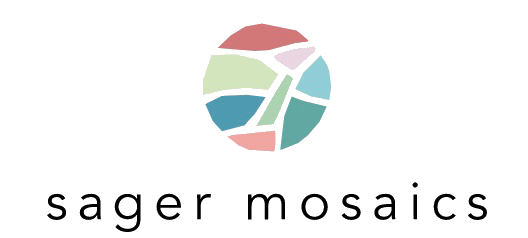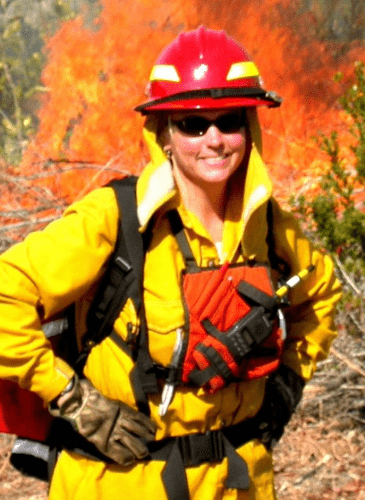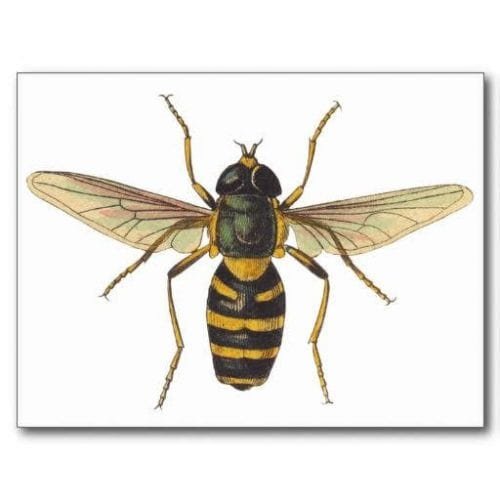The In-Between Art
We live in a world where a strong opinion, on just about anything, can get a person into all kinds of trouble. Approaching the decade of being halfway to dead, as my man so eloquently puts it, the word trouble has taken on a much deeper significance for me. Even in America, where freedom of speech is paramount, trouble can be career-ending today simply by speaking thoughts that others may not agree with.
Strong Opinion of the Day: The best art is the kind that cannot be defined.
This may sound like a benign, safe statement. But I’ve learned that any form of black and white thinking attracts critics like ants to honey. On the contrary, this opinion is quite bold. Art that doesn’t fit into a box. Art that, when you stand in front of it, makes a giant question mark appear, figuratively, above your head.
Art that is a little bit of this and a little bit of that which cannot quite be defined. Art that challenges what you think the world is all about. Art that helps you to see a world that isn’t the one in front of you.
Art that refuses to fit comfortably inside four walls is the kind that changes the world. Whether that is the world of one person or the whole of humanity matters not. The older I get, the more I want to make this kind of art.
Jennifer Case, Ruins Student from the Pocono Mountains
This spring, I had a beautiful experience with this in-between art while working with a student of The Ruins Project. Jennifer Case, of The Pocono Mountains, Pennsylvania traveled to my coal mine turned mosaic installation to have an adventure while exploring her intuitive andamento voice. She told me first off that she wanted to create an animal. This pinged all kinds of dopamine for me as the Ruins menagerie is gaining steam and I am thrilled to foster it. After a first intense day of foraging, stone-cutting, and line-building, she went over to peruse the walls by herself and find a spot on which to commit her next three days. She came back with ideas of a bear, which I could already see taking shape out of the native slabs of faceted black shale we have so much of here. Schools of fish swimming towards the river was a second, worthy choice.
Prototype for Jennifer’s mosaic bees
Then she said, “but I really want to make bees”. And not just bees; she wanted to create native bees with a natural hive up high. We started the brainstorming, which is certainly one of the most adrenaline-filled steps to making art. We talked about what a hive is shaped like, where it would sit on the wall, what materials would best mimic mud or sticks.
Then, the eureka moment…
I said, “Jenny, do you realize that we are sitting in the middle of bee hive coke oven central right here?” Fayette County was, and still in a way is, famous for its 19th and 20th century coke ovens that just happened to be modeled after the very ancient bee skep design. If coal was King here, then coke was its hardworking Queen; supplying the material that was needed for direct steel making in Pittsburgh.
Postcard of Coke Ovens in Connellsville, PA
The ruins of these brick ovens can be seen lining the rivers and thoroughfares of the now recovered landscape. I say recovered because coke ovens were one of the harshest of industries. When the words ‘clean coal’ are used in this contemporary industrial world, there is truth to just how drastically the coal and coke industry has changed in the last 100 years. Time and technology have vastly improved the process. This may touch on another one of those strong opinions aforementioned in my first sentence. Although ‘clean coal’ may never be a real thing, when put into the proper perspective of what it once was, what we use today versus yesterday is certainly “clean-er coal”.
But, back to our creative brainstorming…
We began to design a powerful image that is not quite a coke oven and not quite a bee skep, but a lot and a little of both. It’s built of stone, shale, and red dog, which reminds one of the ovens. Its shape, however, is all skep. Its higher and more oblong than the squat shape of the old ovens. It has hot orange, red, and blue fire in its open belly that we built from slices of Youghiogheny Glass in Connellsville, PA. Connellsville Coal and Coke set the precedent for the entire world of mining in its heyday, so much so that when a particularly fine coal seam was tapped, the miners would brag that it was “Connellsville grade”.
My favorite surprise of this piece is what you first think are embers rising from its little chimney, you then realize are tiny mosaic bees, happily buzzing above the oven.
This installation is a hybrid. It connects the past to the present. It speaks to the relationships between industry and nature. Recovery, transformation and second chances. And, of course, there is a deep well of bee/apiary imagery to tap into if your imagination is so inclined.
[Photo Courtesy of the Pennsylvania State Archives] Beehive coke ovens in the Connellsville coke district, circa 1890. The Connellsville seam contained the best coal in the country for the making coke that fueled Pennsylvania’s iron and steel industries.
A woman stopped by the studio yesterday and told me the story of her grandfather who worked a coke oven before she was born. The story goes that he had to be carried home every day after shoveling the ovens. It was that brutal. Not unlike images of the worker bees, unceasingly making it all happen behind the scene so the queen can reproduce and keep their little world going.
(Left) unknown miner and (right) Harold “Mike” Sager, my grandfather, in Eureka Mine in Smithton, PA
Hierarchies are powerful things. The Pittsburgh Coal Company built the little company town of Whitsett and employed thousands of men who in turn supported generations of families here. That time is over but it shaped so many things that we live with today; families, architecture, culture, and institutions.
The coal those men mined helped to light and build the world.
“That is not a strong opinion. It’s a fact.”
Beehive Coke Oven with mosaic bees by Ruin’s Student Jennifer Case
This simple, four-letter word, coal, brings out strong emotions in all kinds of different people.
Men who have dug for it side by side hold a respect for each other akin to men who have fought in battle together. Families who come from coal look back with a sharp nostalgic pride to their memories of surviving a life supported by it.
Passionate, forward looking people would like to leave coal behind as a dirty, fading footprint on the landscape. That may very well come to be, but I think its important to honor the past while moving decisively towards a better future. Watching this storytelling art develop on the walls of The Ruins is one of the great joys of my life. If you are someone who feels drawn to the in-between art, to tell a story through stone and symbolism, come and visit The Ruins Project and let yourself imagine what you might have thought impossible.
Rachel Sager and Jennifer Case @ The Ruins Project in front of completed Beehive Coke Oven
Sign up for the newsletter
You will receive one or two high quality blogs a month about anything from the state of contemporary mosaic, the power of dreams, the art of foraging to the latest updates on The Ruins.









